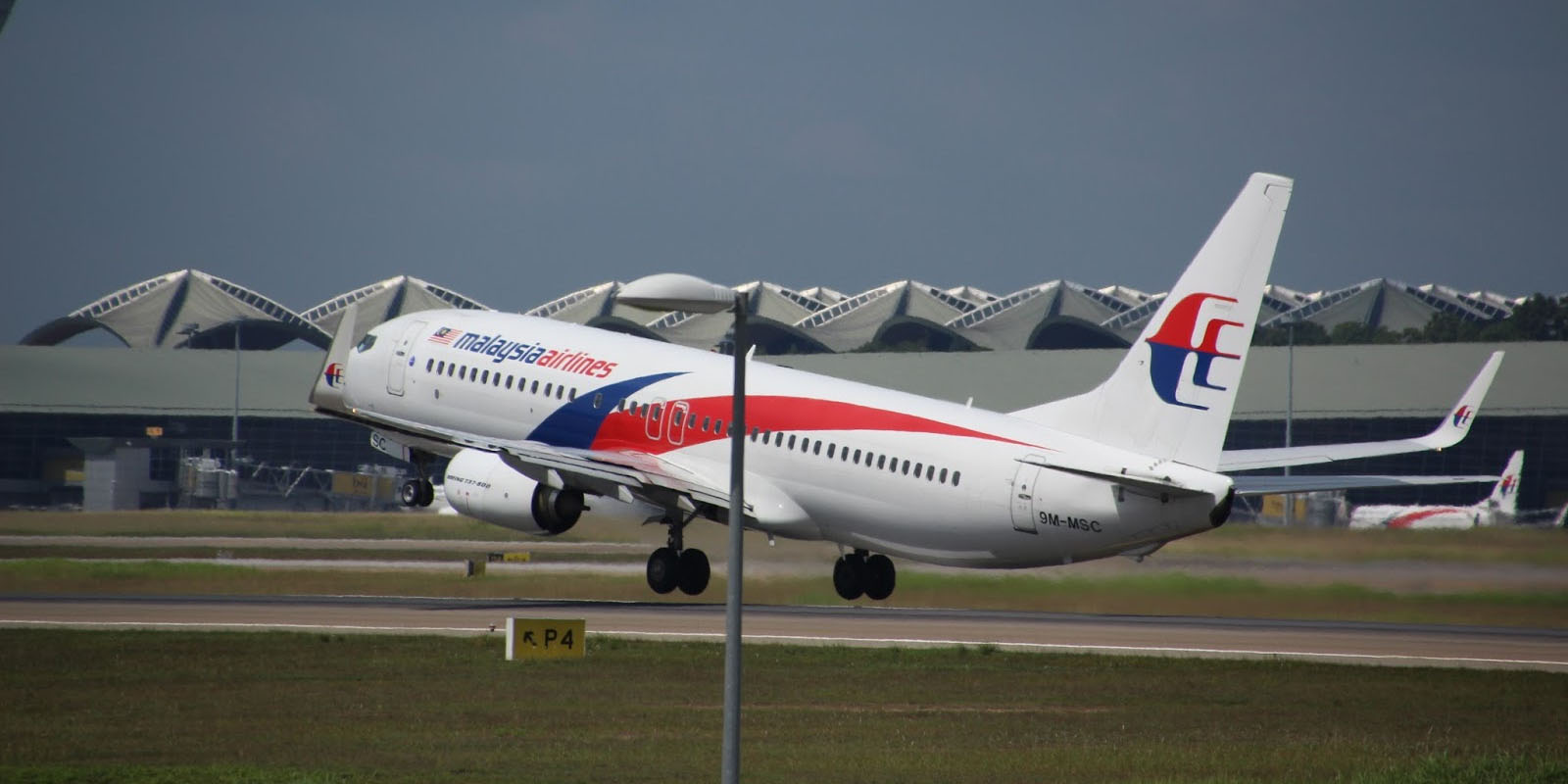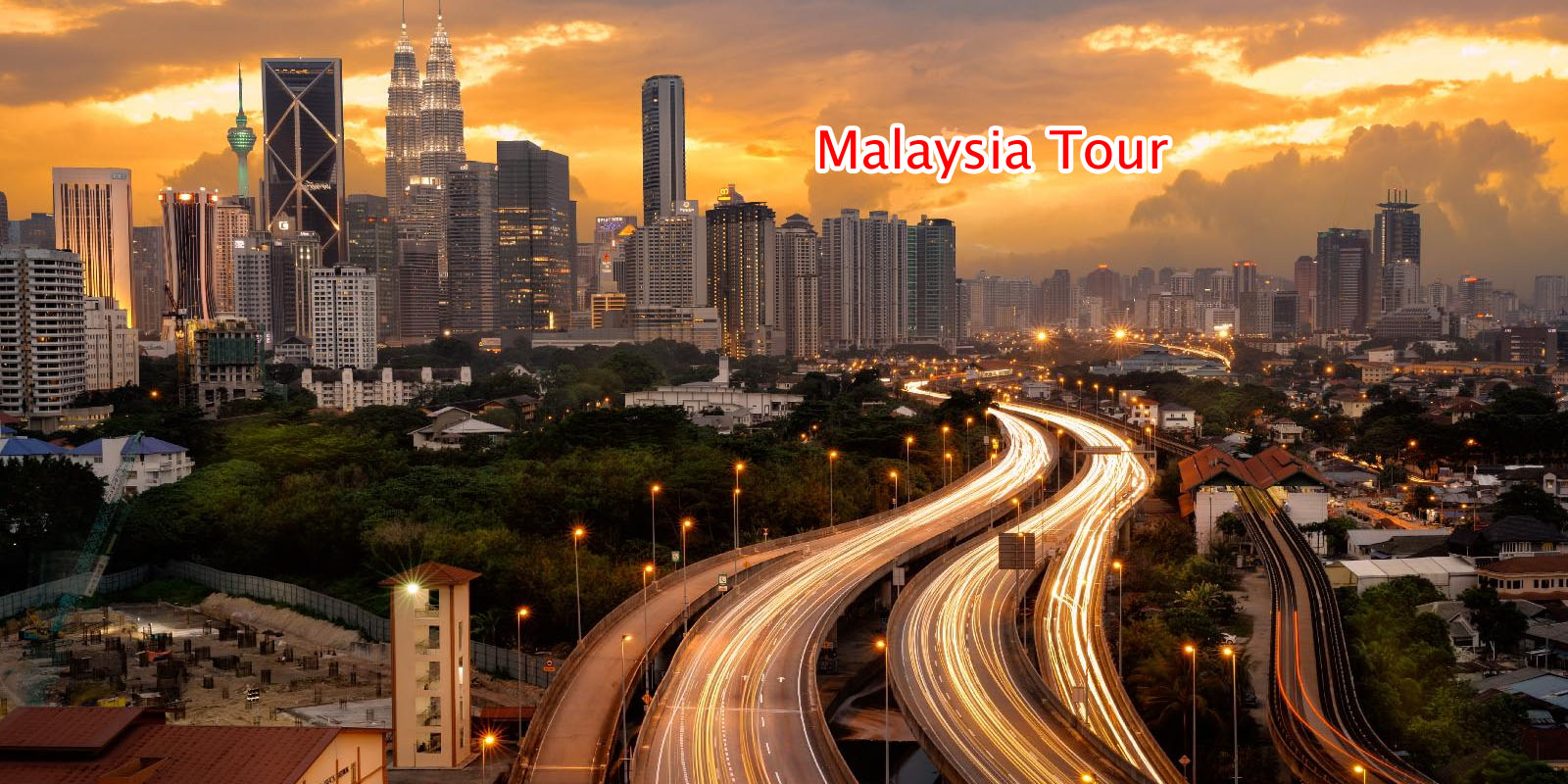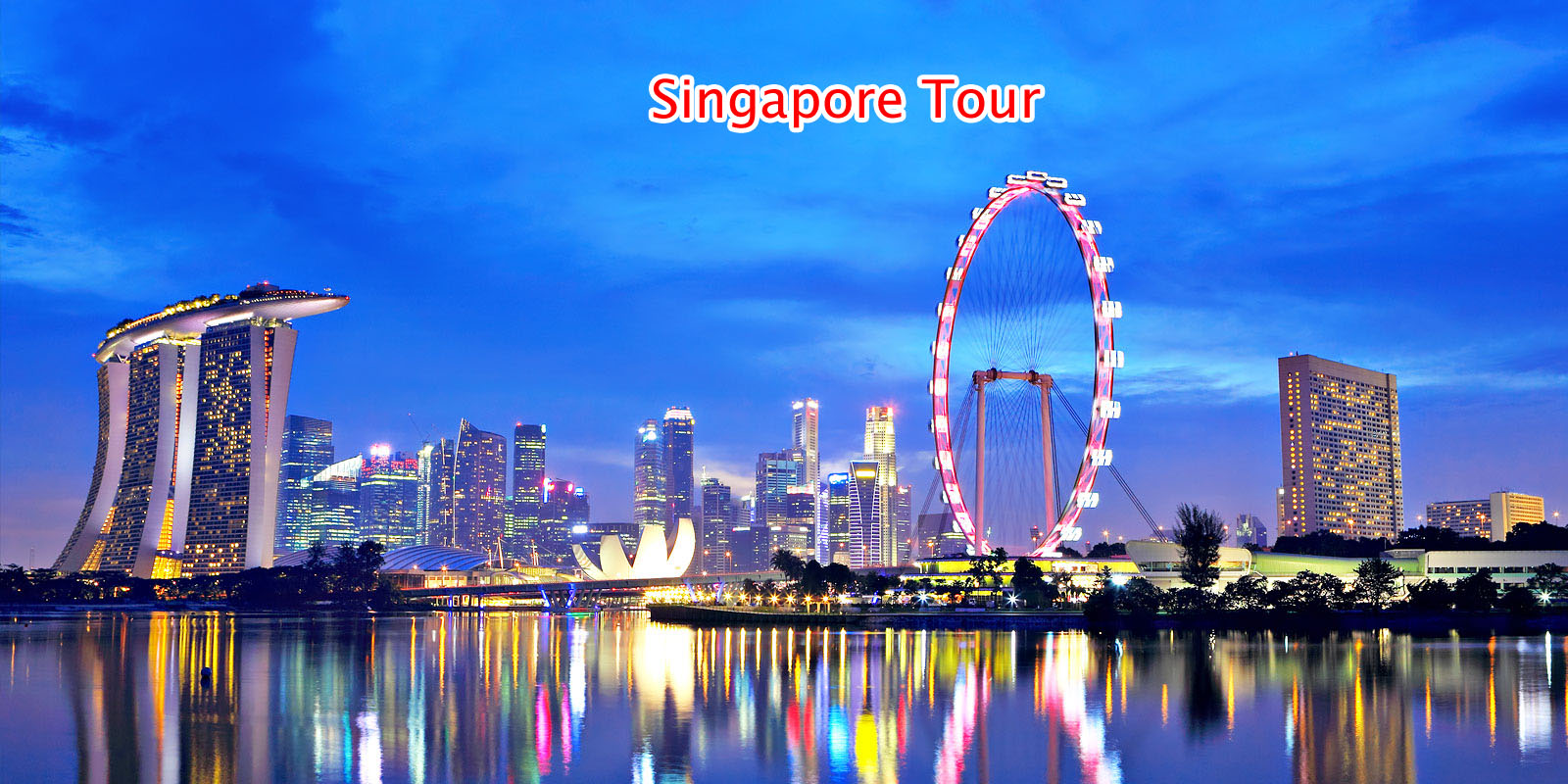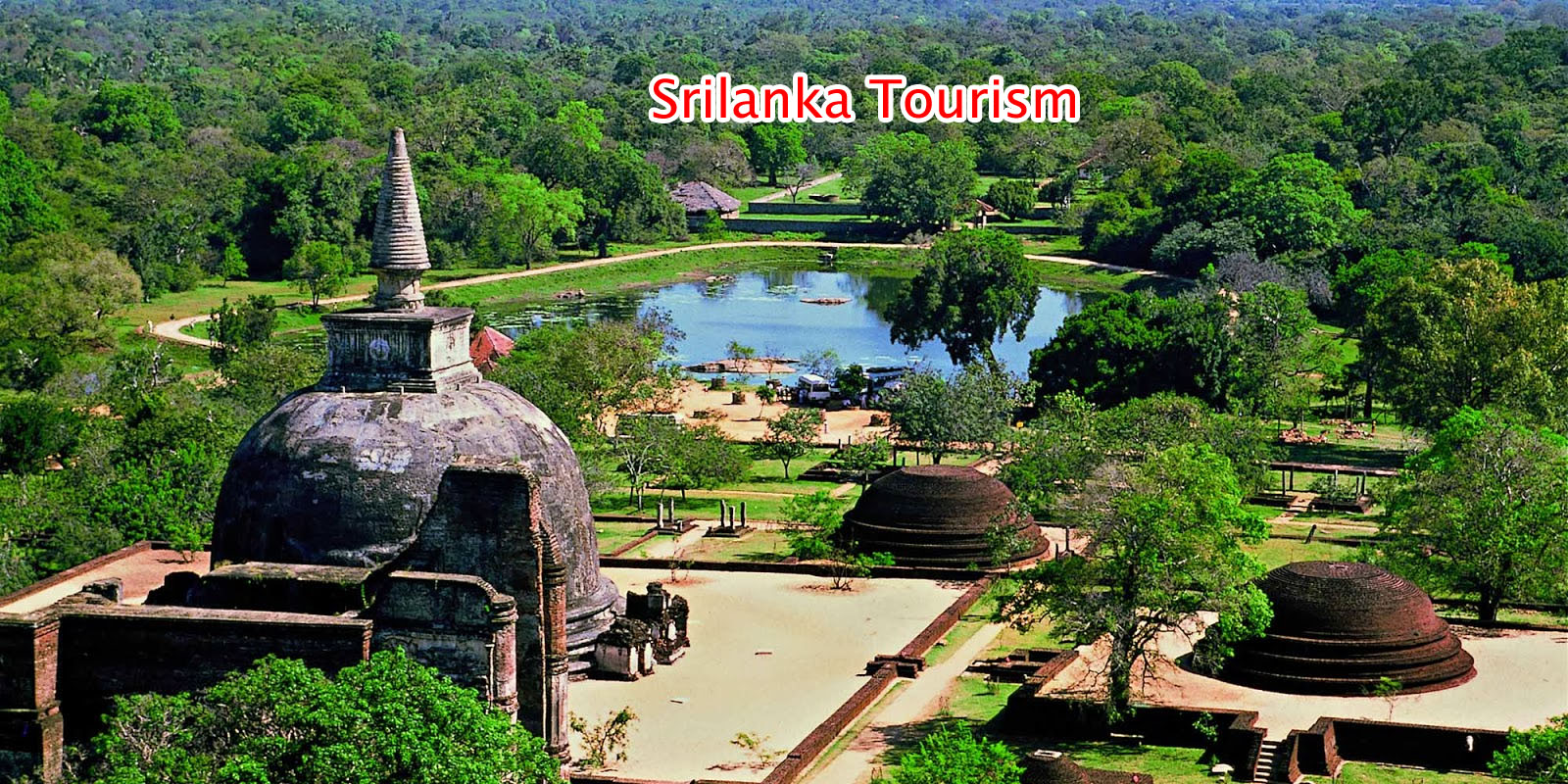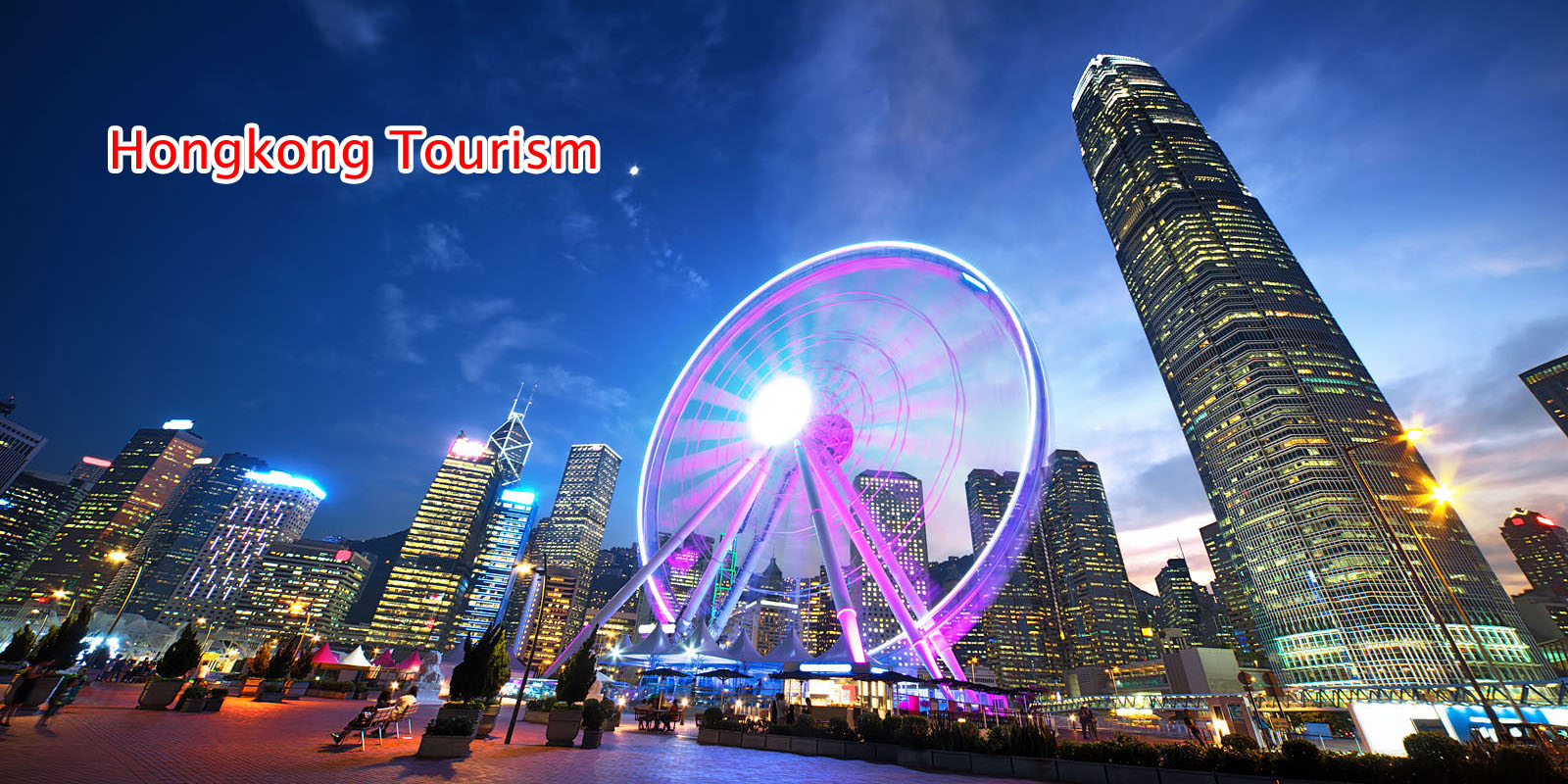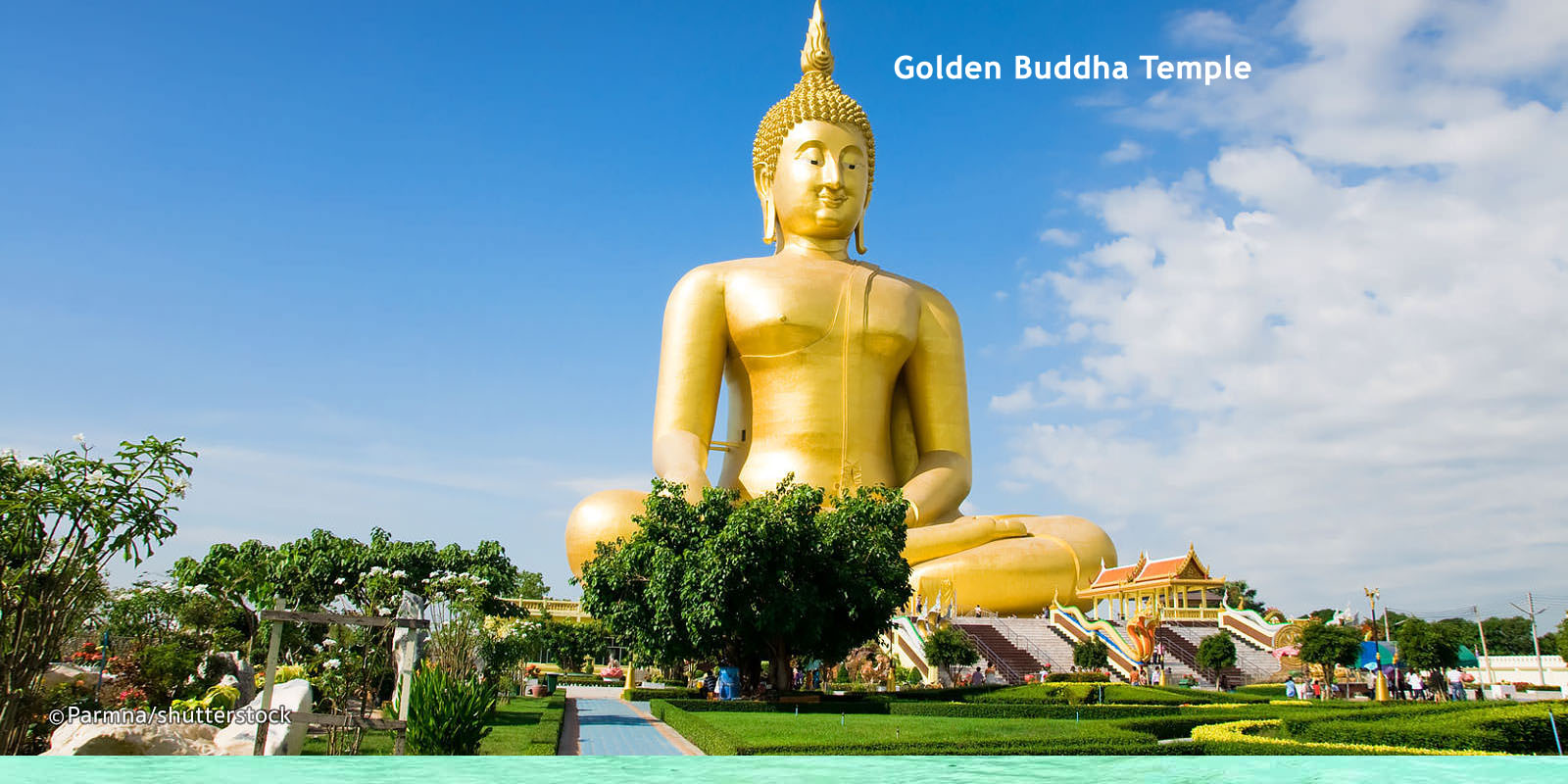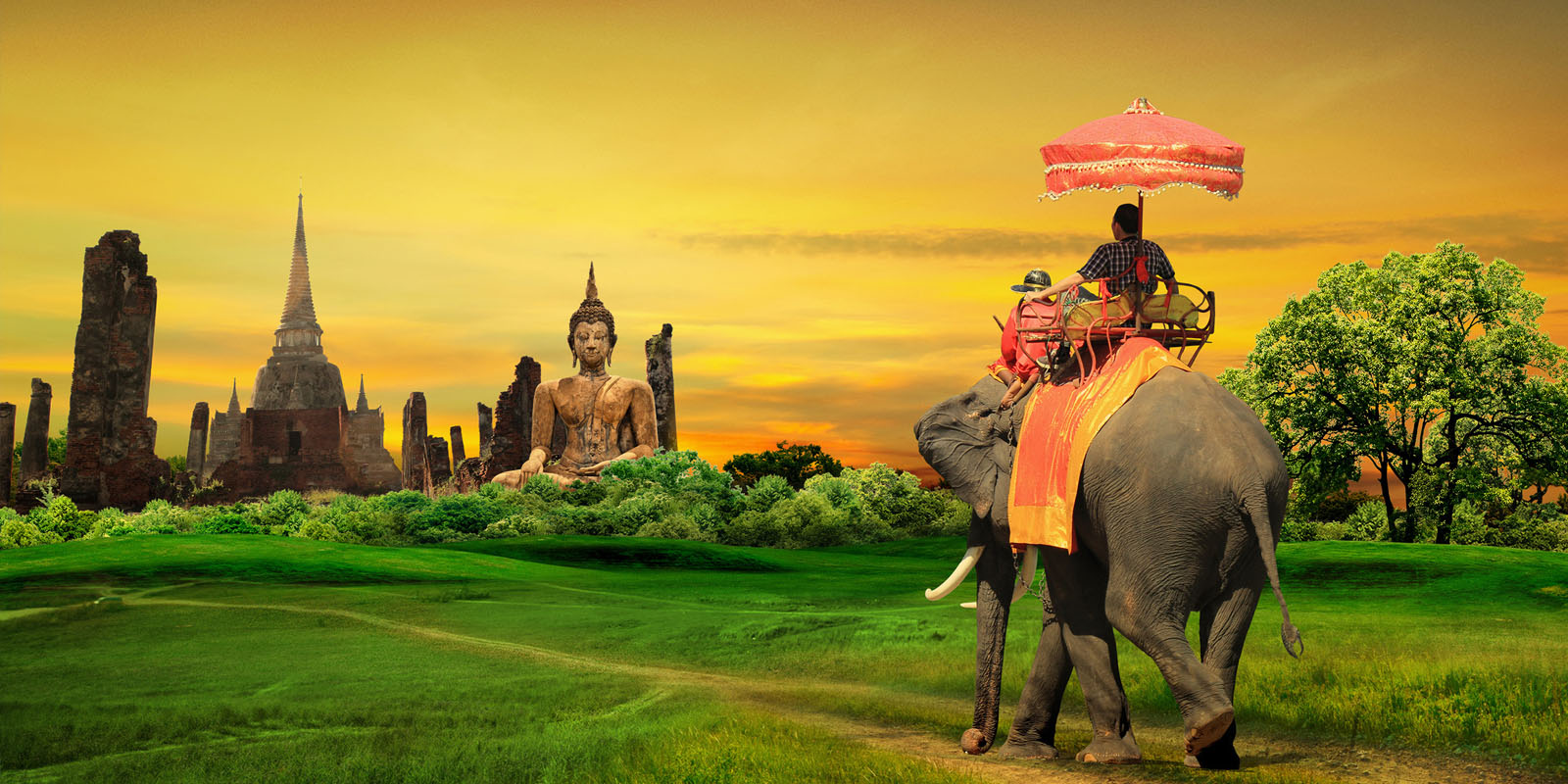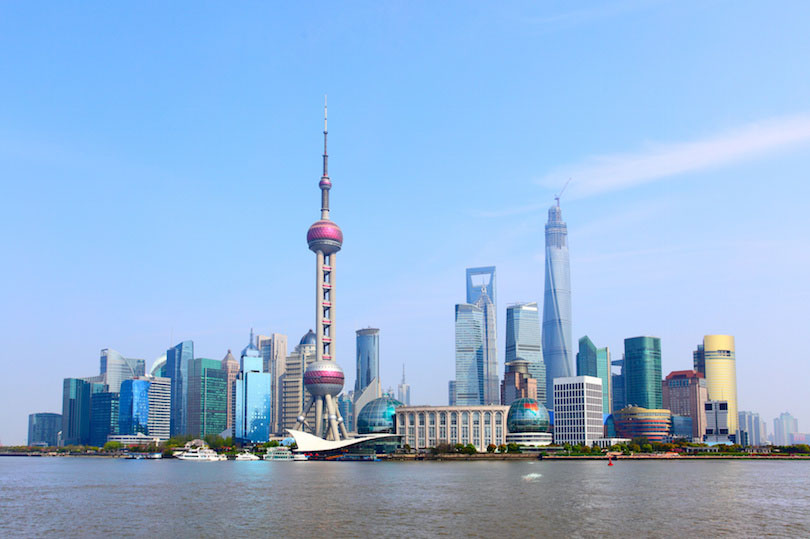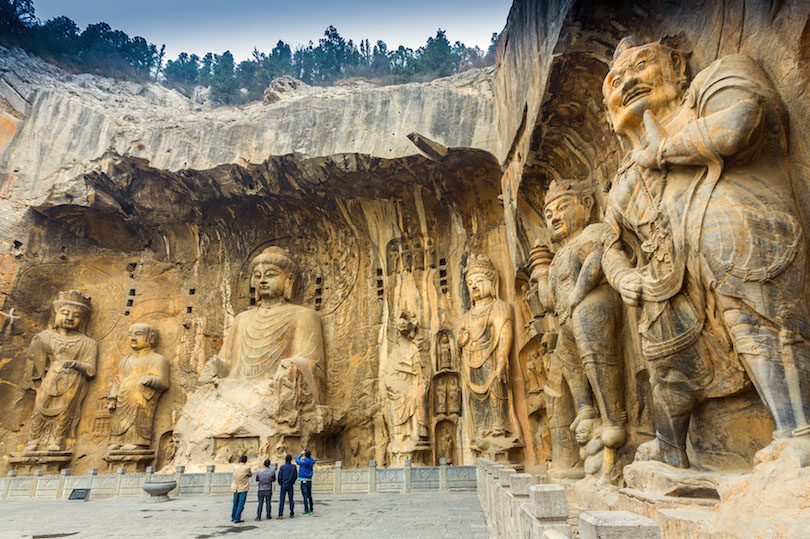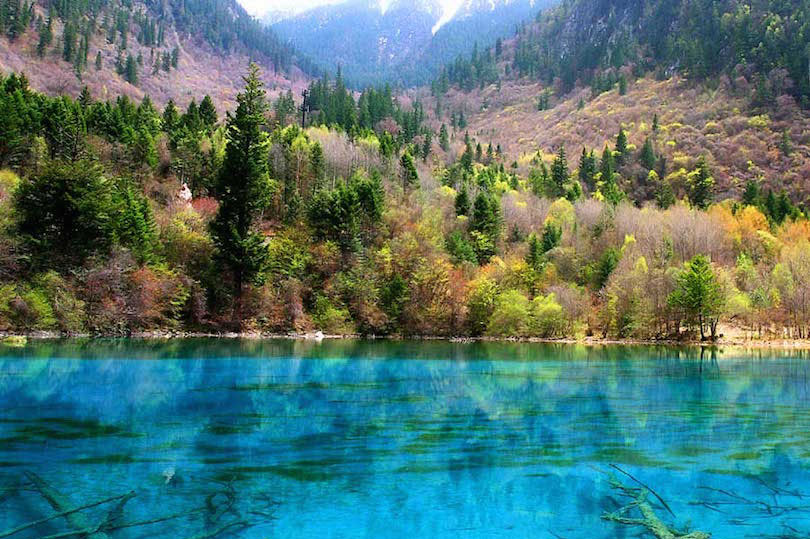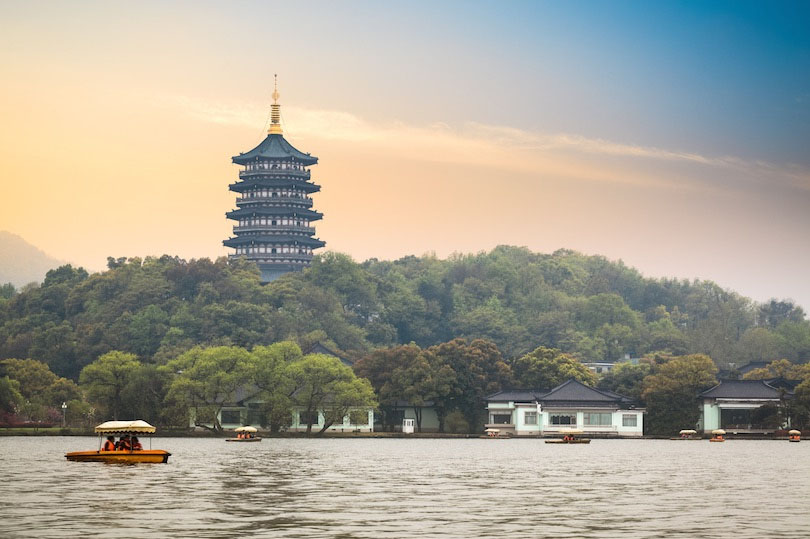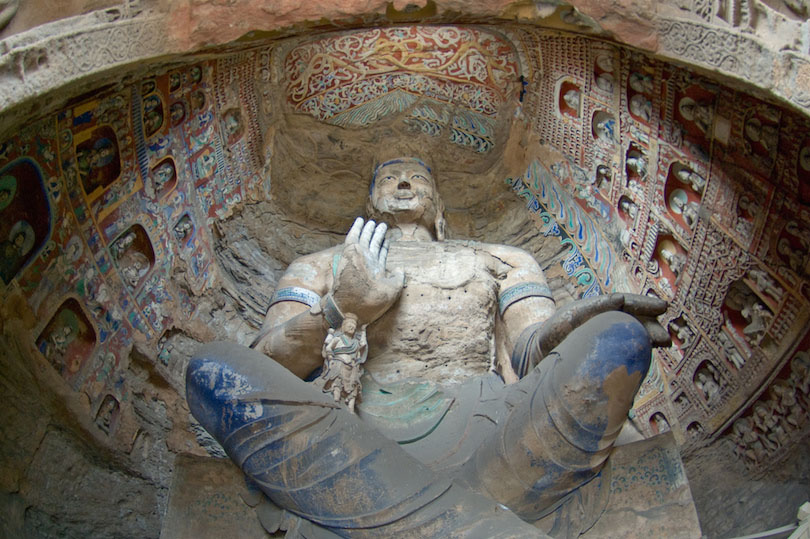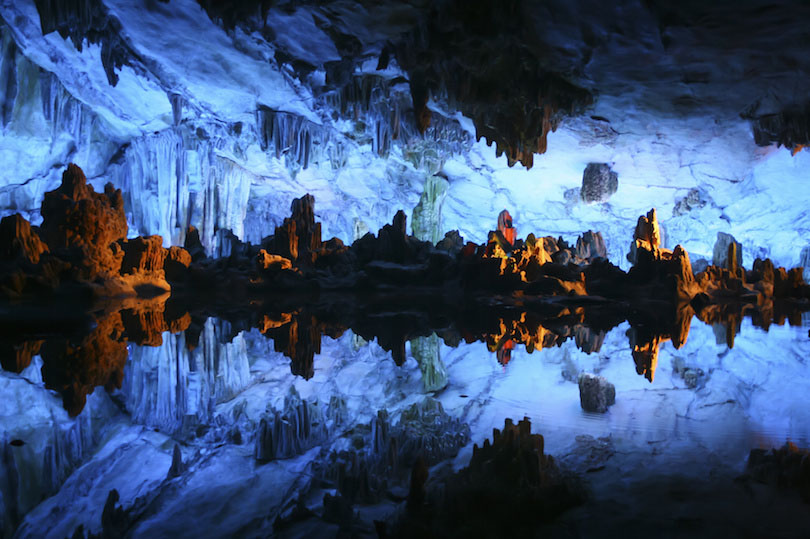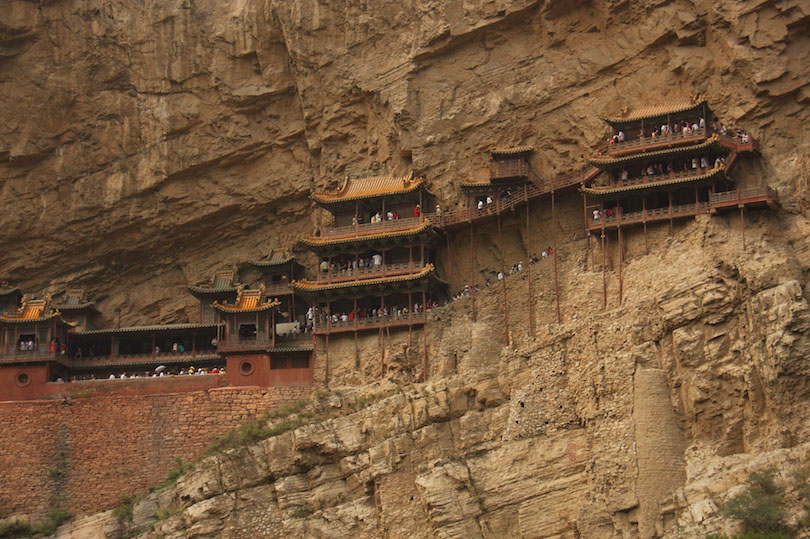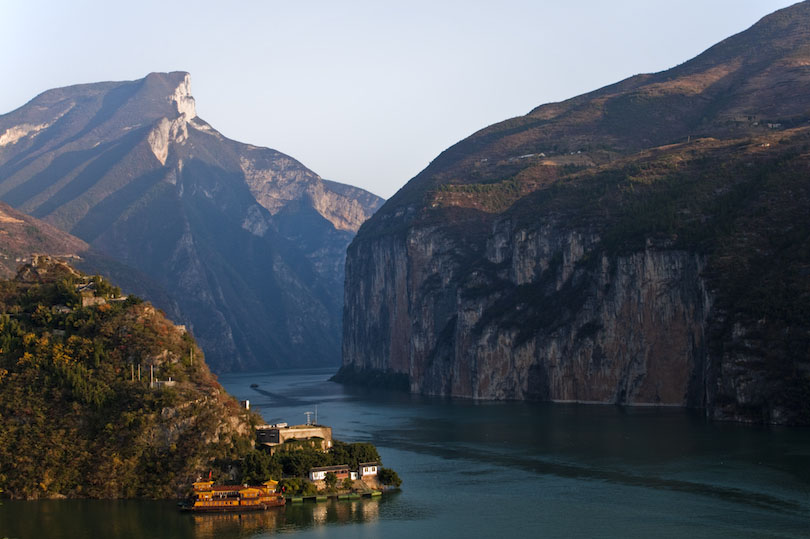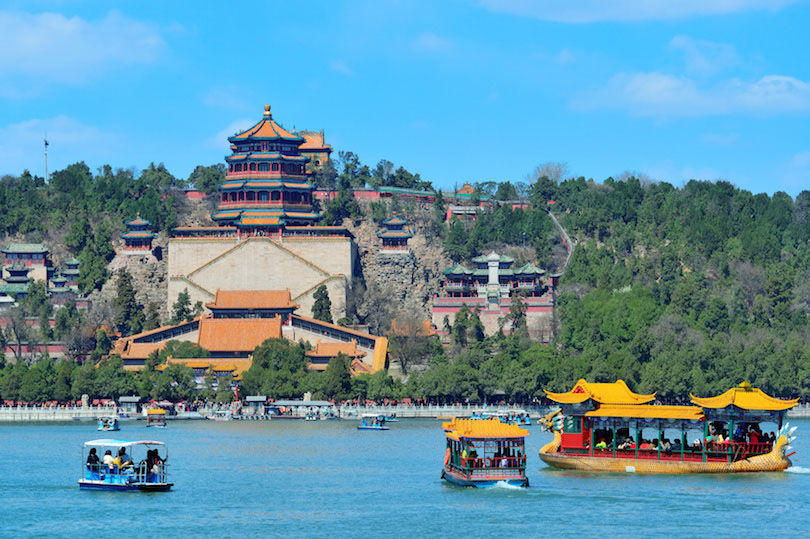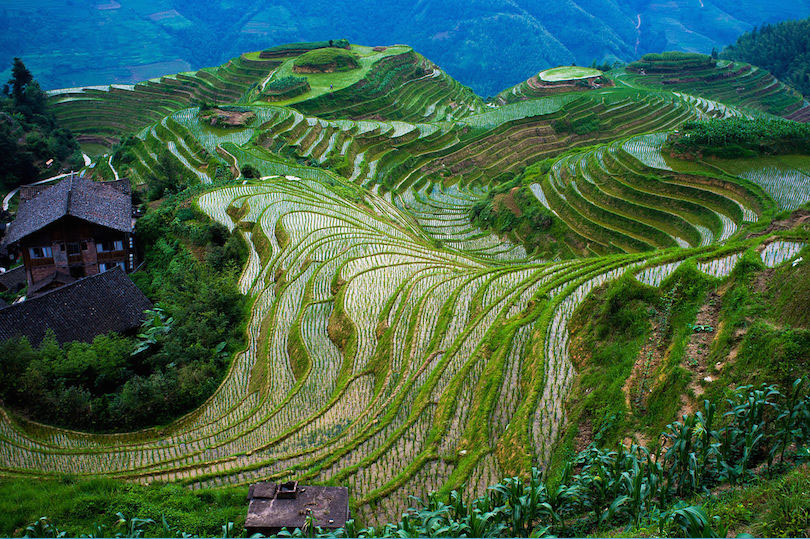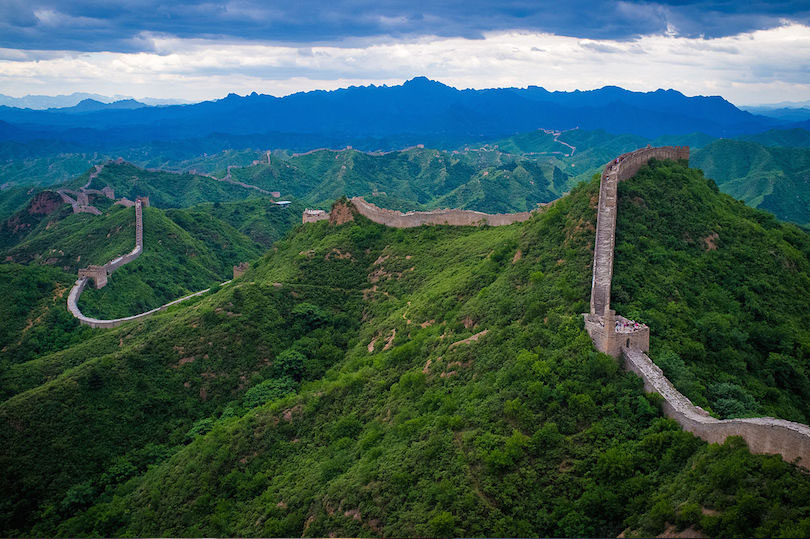
Great Wall of China
The Great Wall of China is one of man’s greatest engineering feats and longest outdoor museum, stretching from Gansu Province in the west to Shanhaiguan on the Bohai Sea in the east. It was built, rebuilt, and maintained between the 5th century BC and the 16th century to protect the northern borders of the Chinese Empire from the attacks of nomadic tribes from the north. Most people will visit the wall somewhere in the Beijing area, where it is more easily accessible and where it snakes impressively over the mountain peaks. It is China’s No. 1 tourist attraction.
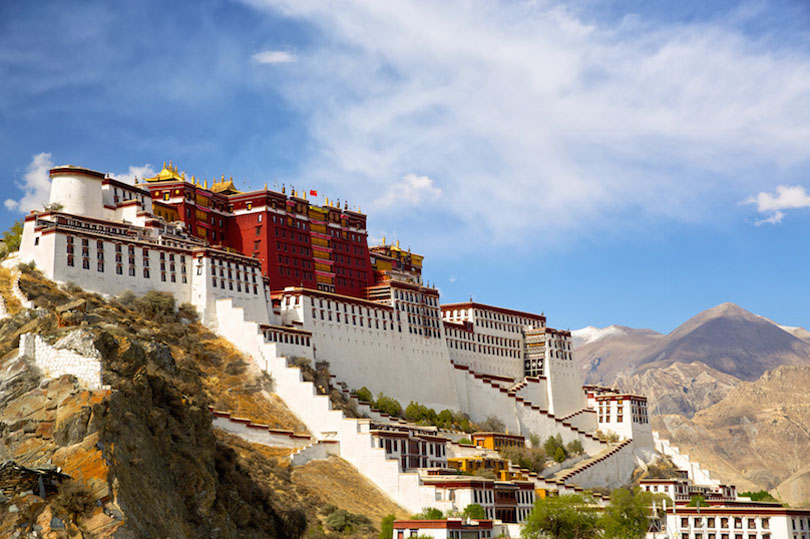
Potala Palace
As the winter palace of the Dalai Lama from the 7th century the Potala Palace in Lhasa symbolizes Tibetan Buddhism and its central role in the traditional administration of Tibet. With over 1,000 rooms, the Potala contained the living quarters of the Dalai Lamas while they lived, and their sumptuous golden tombs when they died. It remained the residence of the Dalai Lama until the 14th Dalai Lama fled to India, after the Chinese invasion in 1959. The palace also houses great amounts of rare cultural relics including gold hand-written Buddhist scriptures and gifts from Chinese emperors. The palace is 14 stories tall and any visit involves climbing a lot of stairs up & down so make sure you are fully acclimated before visiting.
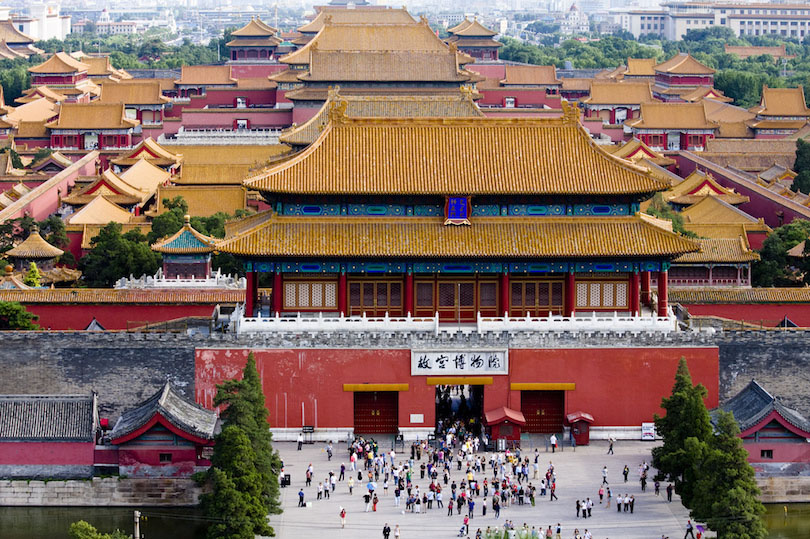
Forbidden City
Built in the early 15th century, the Forbidden City served as the home for emperors in the Ming and Qing dynasties until Puyi, the last Emperor of China abdicated in 1912. It is a walled complex, surrounded by a moat, that is the world’s largest palatial complex. Legend has it that its 980 buildings contain 9,999 rooms, though the actual number is about a thousand lower. It is unarguably the most popular tourist attraction in Beijing, with the crowds to prove it.
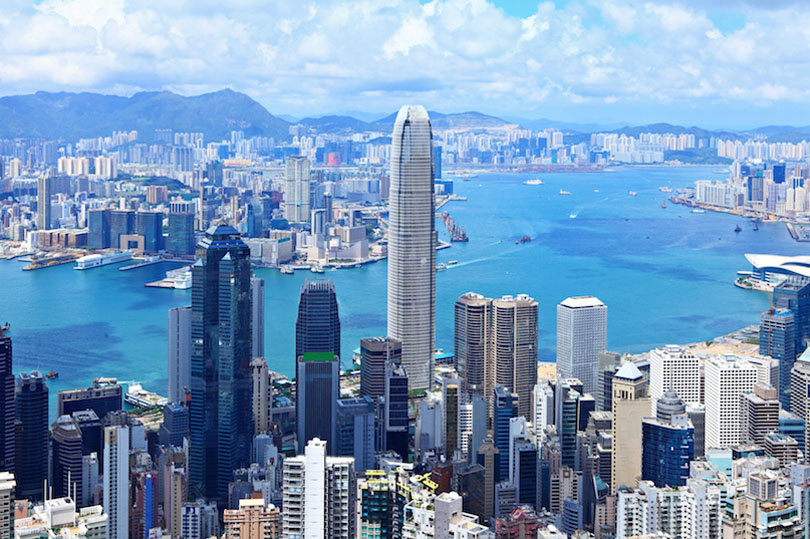
Victoria Harbour
Victoria Harbour is one of the deepest container ports in the world. The bay offers stunning views of the skyscrapers of Hong Kong island on one side, and the Tsim Sha Tsui shoreline on the other. It is also one of the busiest harbors in the world with hundreds of ferries, junks and speedboats darting up and down the shore. Every night, many skyscrapers on both sides of Victoria Harbour light up in a synchronized show, known as one of the largest permanent light and sound festival in the world. One of the best ways to see the harbor is a trip on the Star Ferry.
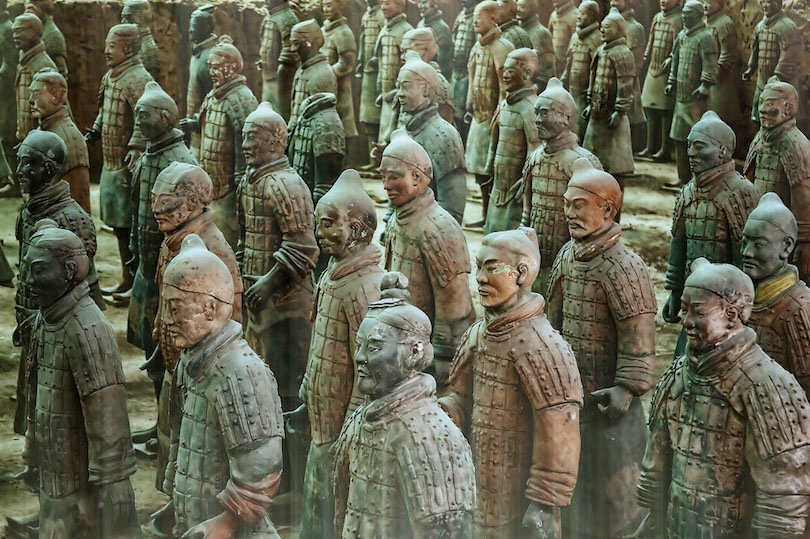
Terracotta Army
This mighty army of terracotta warriors and horses, found in three vaults, is one of the most famous archaeological finds in the world. It is the most popular tourist attraction in Xi’an and one of the most popular in all of China. The 8,000 lifelike terracotta warriors and 130 or so chariots have silently stood guard over the soul of China’s first unifier for more than two millennia. Although the weapons were stolen and the coloring has faded greatly, their existence and the fact that no two soldier’s faces are alike serves as a testament to the amount of labor and skill involved in their construction.
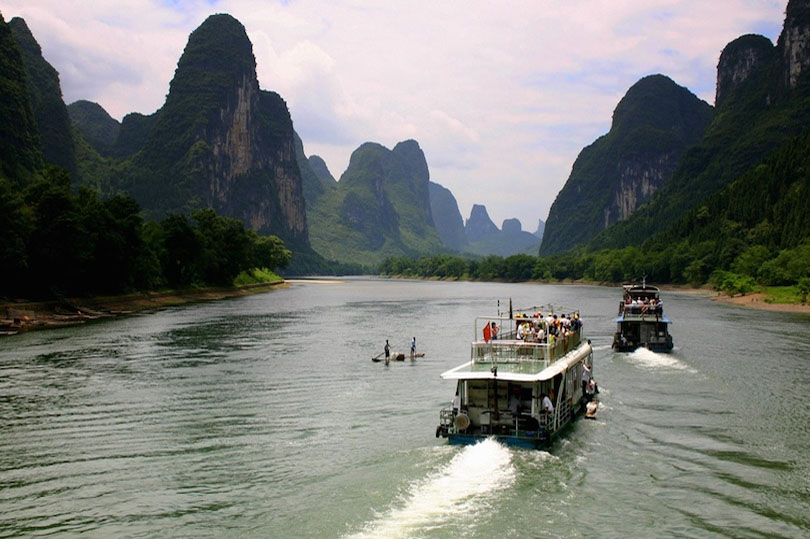
Li River Cruise
A Li River cruise from Guilin to Yangshuo is the highlight of any trip to northeastern Guangxi Province. With its breathtaking scenery and taste of a life far removed from the concrete metropolis, the scenery along the Li River is one of the top tourist attractions in China. Mist-covered karst mountains dot the landscape adding to the aura of serenity. Traditional fishing boats ply the river, using cormorants to catch their fish. The best way to enjoy the scenery is to take a boat ride between Guilin and Yangshuo; since the terrain is flat, many travelers like to bicycle back.
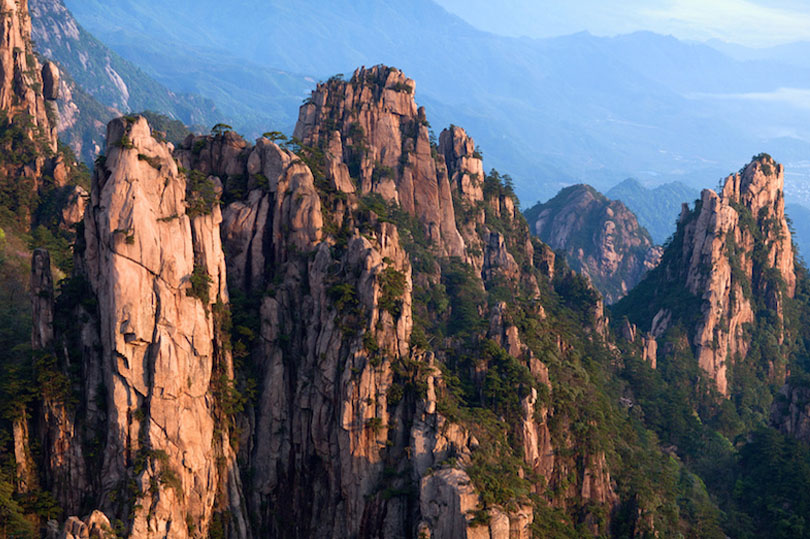
Mount Huang
One of China’s major tourist destinations, Mount Huang is a mountain range in eastern China also known as Huangshan (“Yellow Mountain”). The area is well known for its scenery, sunsets, peculiarly shaped granite peaks and views of the clouds from above. Frequently shrouded in mist, the many peaks appear to float on clouds and have very fanciful names such as 18 Arhats Worshipping the South Sea, Lotus Flower Peak, Celestial Capital and Paint Brush. In ancient times almost 60,000 stone steps were carved into the side of the mountain range. Today there are also cable cars that tourists can use to ride directly from the base to one of the summits.
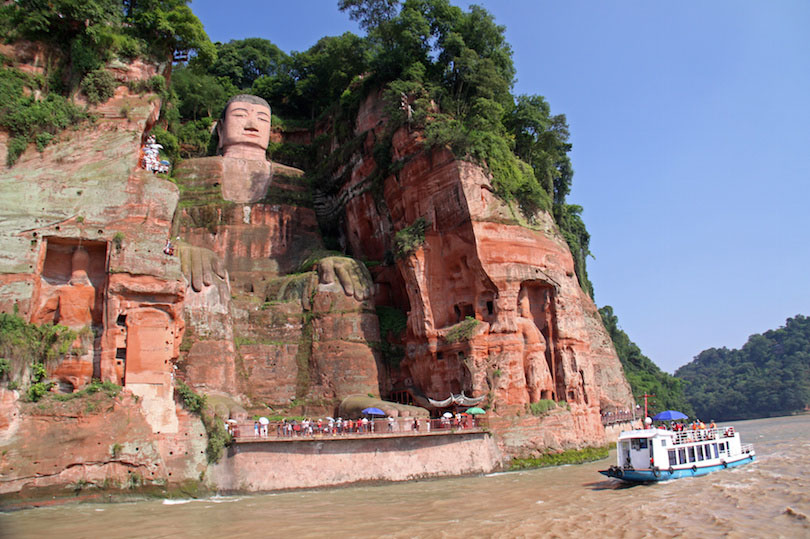
Leshan Giant Buddha
While visiting Dubai there is another thing which you can’t afford to miss, Dubai Creek zone that associates the ocean exchanging port to the leave as it goes through the heart of Dubai. Dubai Creek is a saltwater brook situated in Dubai, United Arab Emirates and it closes at Ras Al Khor Wildlife Sanctuary. Historically, the spring separated the city into two principle segments – Deira and Bur Dubai.
The Dubai Creek has been observer to numerous a live shows, plays, music and firecrackers. The Al Seef, Al Muraqabat, and Al Rigga boulevards wake up amid the Dubai Shopping Festival. Another most interesting thing about the creek is the setting sun which makes this place all more suitable for the travelers around the globe.
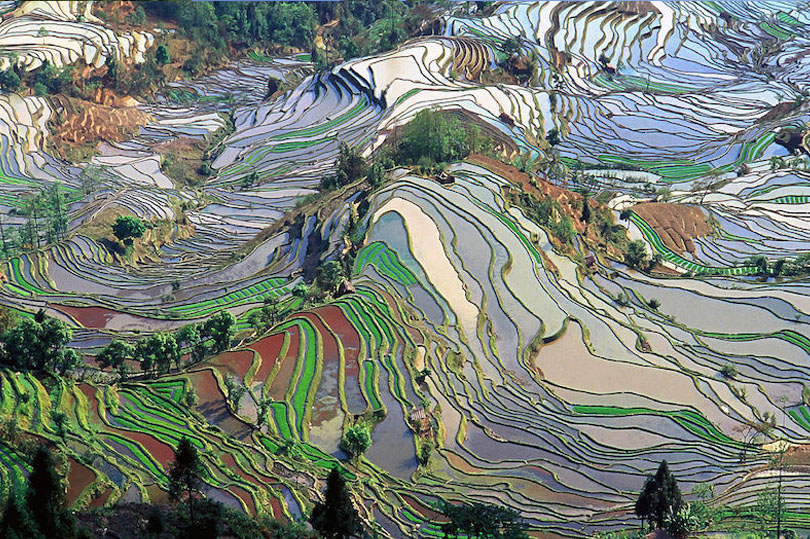
Hani Terraces
The Hani Rice Terraces are located on the southern slopes of Ailao Mountain in Yuanyang, and have been cultivated for over 1,000 years. Carved by hand by the Hani people, these rice terraces have turned a barren hillside into a lush sub-tropical paradise. Water is saved in the hilltop forests, and channeled down to the terraces for irrigation. The rice terraces are flooded from December to March, presenting a spectacular view to travelers.

